ADVERTISEMENT

ADVERTISEMENT
In September, Bell & Ross introduced its new BR05 collection, which married some of the basic design tropes of the modern steel integrated bracelet sports watch to the existing visual language of its BR01 collection. The BR01 family of watches was originally conceived as a wristwatch version of aircraft instrument gauges. Over the years, it's become a general purpose platform for a wide variety of timepieces, which include the original designs in various sizes, a diver's watch model, and even a skeletonized automatic tourbillon with micro-rotor.
The BR05 collection is visibly connected to the BR01 collection. But there are also, as we noted in our Introducing coverage, obvious connections to the larger world of integrated stainless-steel sports watches in general, which has been evolving since Audemars Piguet introduced the first Royal Oak in 1972. The case shape for the BR05 watches has been in use by Bell & Ross for many years, as has the typeface on the models with Arabic numerals. And, of course, the rounded baton markers have been used in steel sports watches by not only AP, but also Patek Philippe, Girard-Perregaux, and many others. The sense I had of the watches from the initial press release images was that, while they certainly seemed squarely derived in many respects from the modern steel sports-watch design vocabulary, they still had a clear Bell & Ross identity. And that there was an excellent chance that in person they would be convincing enough to be appreciated on their own merits, rather than only as design homage watches.
The first impression I had of the watches when we unboxed them to photograph was of surprisingly high quality. The price point would tend to create higher expectations than you'd bring to the table if they were a bit less expensive than they are. On a bracelet, the closed dial models with Arabic numerals are $4,900. However, for the price, you are getting case construction and finishing which are quite a bit more complex, as well as more sophisticated, than one generally sees in steel-on-steel, time and date watches at this price point.
ADVERTISEMENT
The case has been very attractively executed, with sharp transitions between brushed and polished surfaces. Care has obviously been taken over the details, including the radial alignment of the bezel screws, the construction of the crown guards, and so on. I have heard various views from other editors at HODINKEE on the Bell & Ross logo. I feel the company's use of an ampersand lends a fine mid-20th-century flavor to the proceedings. (You imagine that Mr. Bell and Mr. Ross might have started out as law partners.) The execution of the BR05 watches, on the crown, clasp, and dial, serves to connect those two elements in particular, and the watch overall, to Bell & Ross design in general.
The bracelet links and interlinks are as well finished as the case, although the edges of the links themselves are quite sharp. You don't notice it with the bracelet on the wrist, but you do when handling the watch to take it on and off. Still, the overall impression of the bracelet is quite positive. Visually, it's quite well integrated with the case, with the rounded interlinks and rounded case bezel echoing each other nicely. At 11mm thick, the watch is thin enough to express the elegant side of the sports-elegant equation quite well, and the really praiseworthy level of attention to detail throughout goes a long way towards justifying the price.
The fact that the movement is a Sellita caliber drew a bit of fire when Bell & Ross first announced the watch. There are a couple of angles from which to consider the question. The first is that of the value added for an in-house movement in general. My own view is that, taken in isolation, "in-house" is not an especially useful measure of the interest of a watch. Movements can be evaluated, broadly speaking, on reliability, accuracy, and quality of construction and finish. And, while it may be symbolically significant that A. Lange & Söhne, for instance, makes its movements in-house, it is at least as important, if not more so, that they are finished so superbly and so well made from both a craft and materials standpoint.
At lower price points, you don't get artisanal, traditional high-end movement finishing, whether a movement is in-house or not. So in-house vs. outsourced becomes a competition on features, durability, longevity, and accuracy. Rolex starts at $5,400 with the Oyster Perpetual watches, Grand Seiko at $3,800 for mechanicals; and then there are movements that are hybrids, such as the Tissot Powermatic 80, which is an extensively retuned version of the ETA 2824. Here the presence of in-house movements is generally associated with watchmaking firms capable of producing watches and components at a pretty large scale. They are able to amortize development and manufacturing costs over years-long production runs, and thousands or tens of thousands of watches. For a relatively small independent firm like Bell & Ross, developing a general purpose, multi-role automatic movement is harder to justify when there are excellent existing technical solutions, such as Sellita movements, which, in the case of the BR05 watches, allows the company to expend extra effort on case and bracelet design, manufacturing, and finishing, without raising the price to a problematic level.
There are some aspects of the collection overall which I find a bit more problematic than the basic steel offerings. Since the collection first launched, Bell & Ross added a solid gold-on-gold version. The price for the BR05 Gold is $32,500, which seems optimistic in a world where a 36mm yellow-gold Rolex Day-Date is currently $31,550 (although a Royal Oak Selfwinding, in a 41mm gold case, is $50,500). It is not so much that the BR05 Gold is not visually attractive (though we did not have one in the office to evaluate in the metal) but with a Sellita movement, and at that price, it may prove a tough sell.
The BR05 Skeleton.
Also something of a tougher sell, at $6,400, is the BR05 Skeleton. Like the gold model, it's not a bad looking watch taken on its own. But open-dial timepieces at this price range are not what they are at higher price points. A watch with an openworked movement can compete on several fronts, but these generally involve a higher price – sometimes a much higher price, like the Jaeger-LeCoultre Master Ultra-Thin Squelette, which, when announced in 2016, had a price of $58,500, which is a fair example of what a hand-decorated, openworked version of a classic movement will run you. You can also compete on originality in movement architecture, which is what Cartier does with such timepieces as its Santos Noctambule (which is original in its use of lume as well).
Standard industrial finishing is nothing to be ashamed of, but it's usually not something to show off either. Now, the BR05 Skeleton makes no pretensions about the movement finishing, and the openwork is done in a plain, workmanlike fashion that suits the general vibe of the watch. However, this is like many open-dial watches at this price, interesting primarily for those who are fascinated by mechanisms as mechanisms, not as expressions of fineness in craft.
Those caveats aside, and taken as a whole, I find these very attractive watches in person. The casework and execution of the bracelets is very good indeed, and if the BR05 steel watches do not rise quite to the quality of, say, a Royal Oak, the price doesn't rise to that level either. Overall, the BR05 collection feels to me, not only like a solid addition to the Bell & Ross collections, but also an interesting, and attractively priced alternative to some of the much more expensive entries in this rapidly enlarging category of watches.
For full specs and pricing, see our original Introducing post, and to see more of the collection, visit BellRoss.com.
Shop this story
Visit Hodinkee affiliate Crown & Caliber to shop pre-owned Bell & Ross models.


























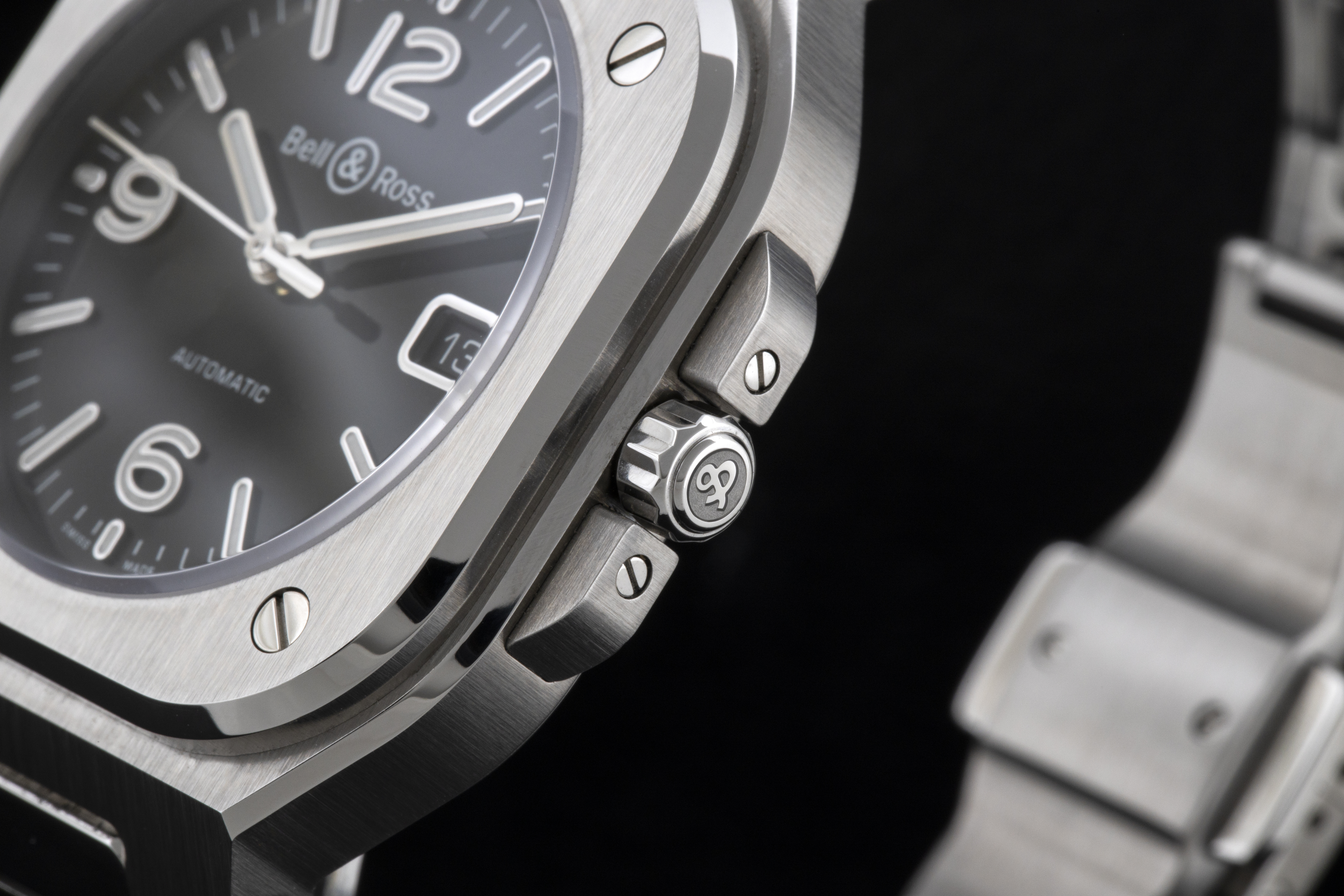


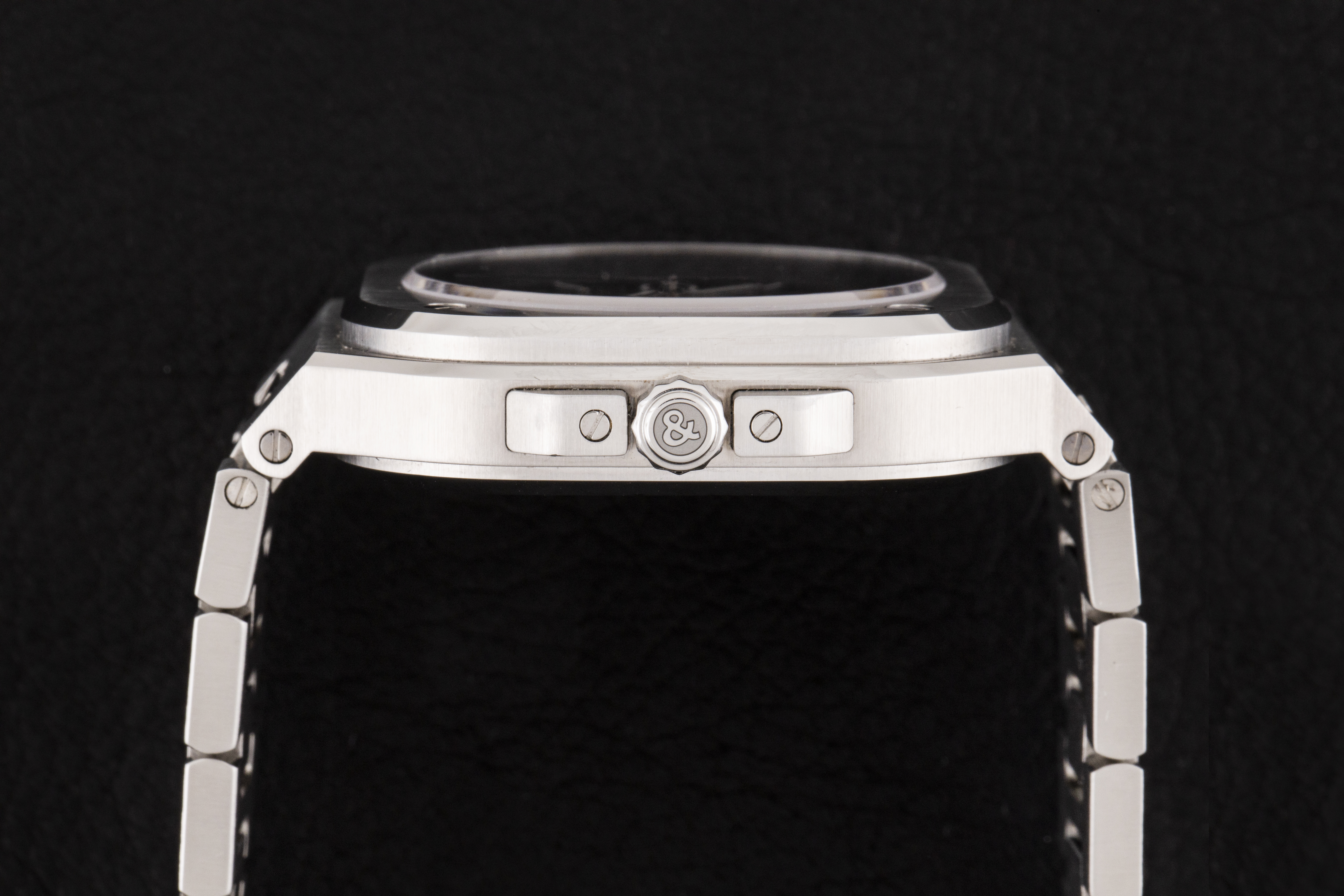
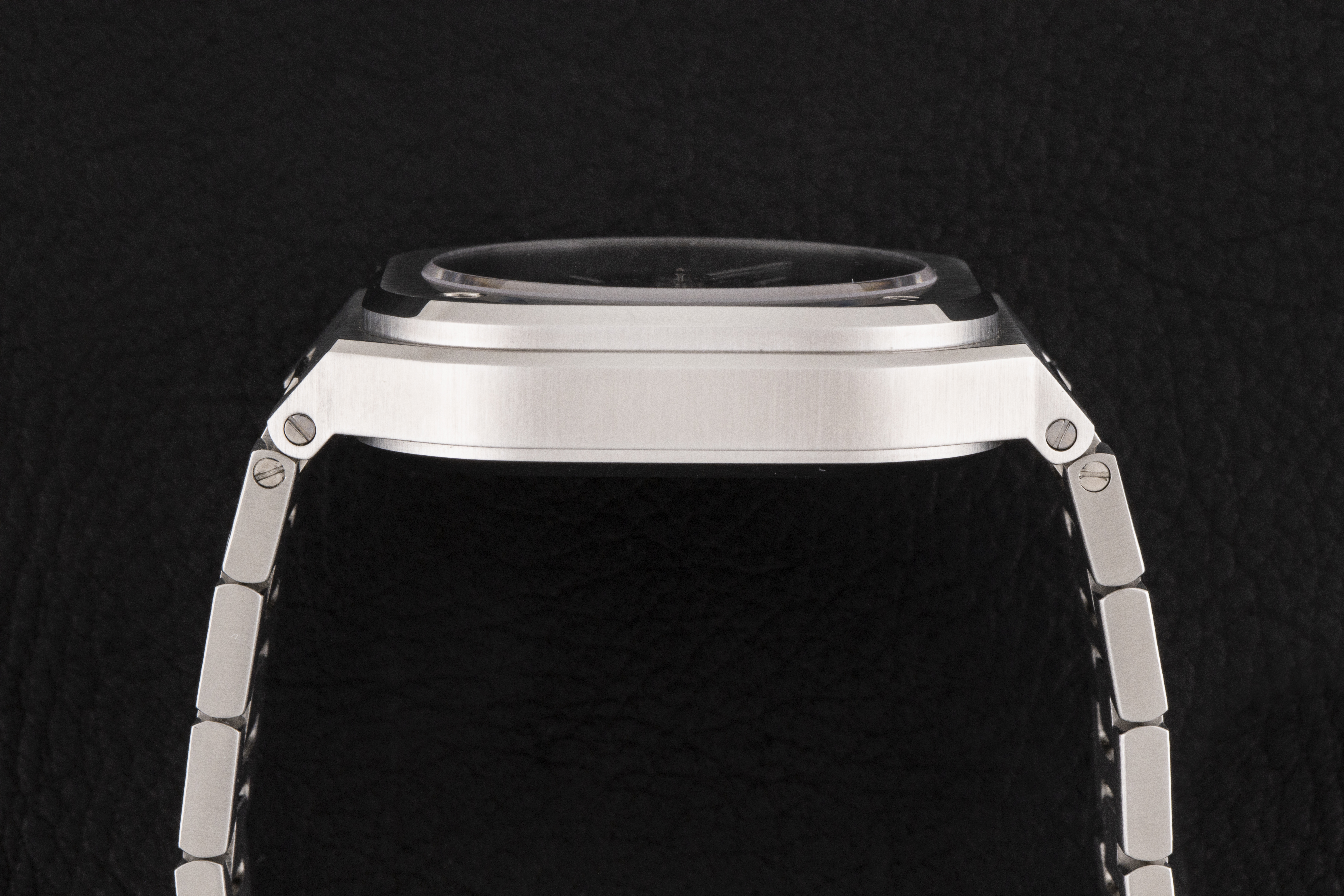


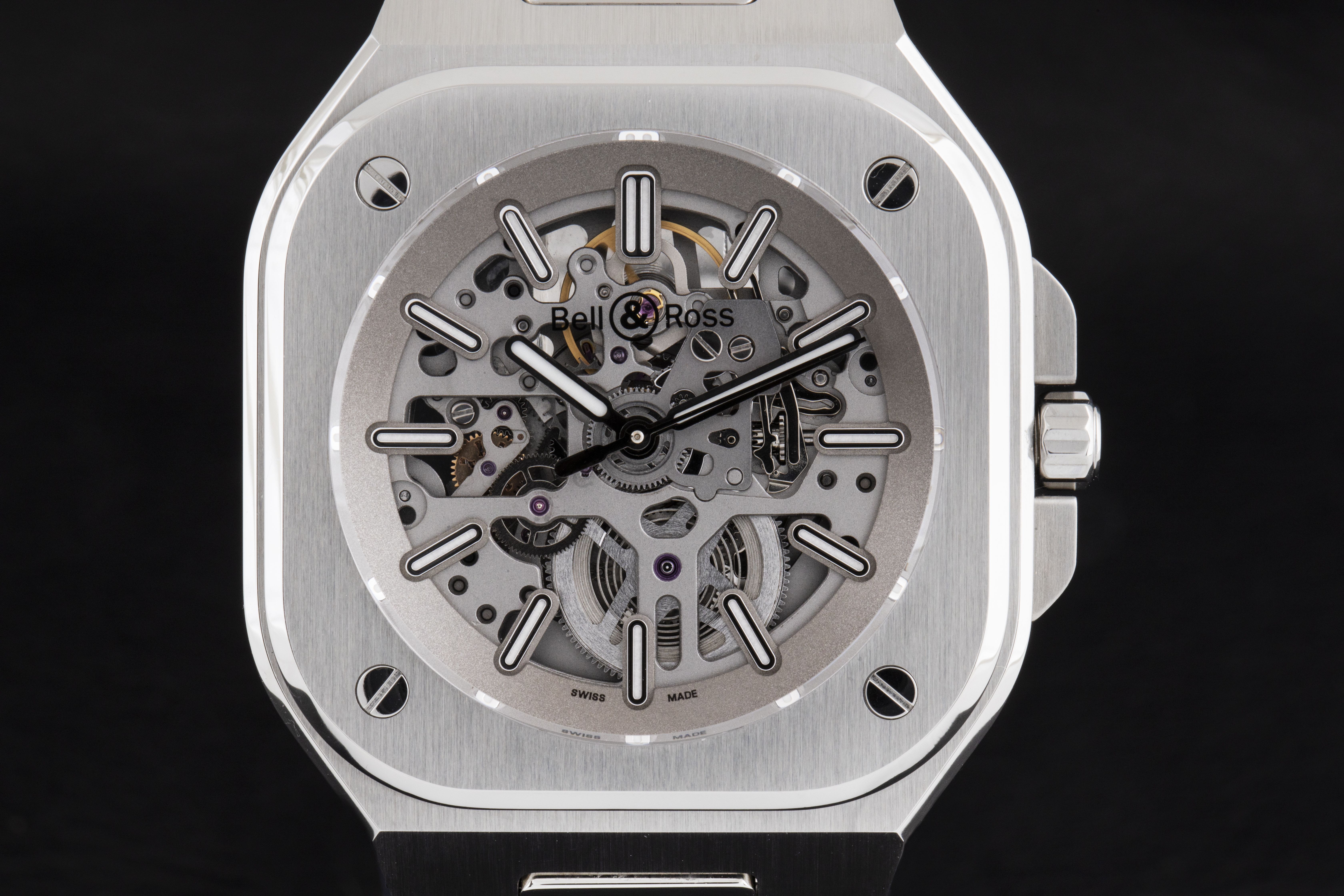
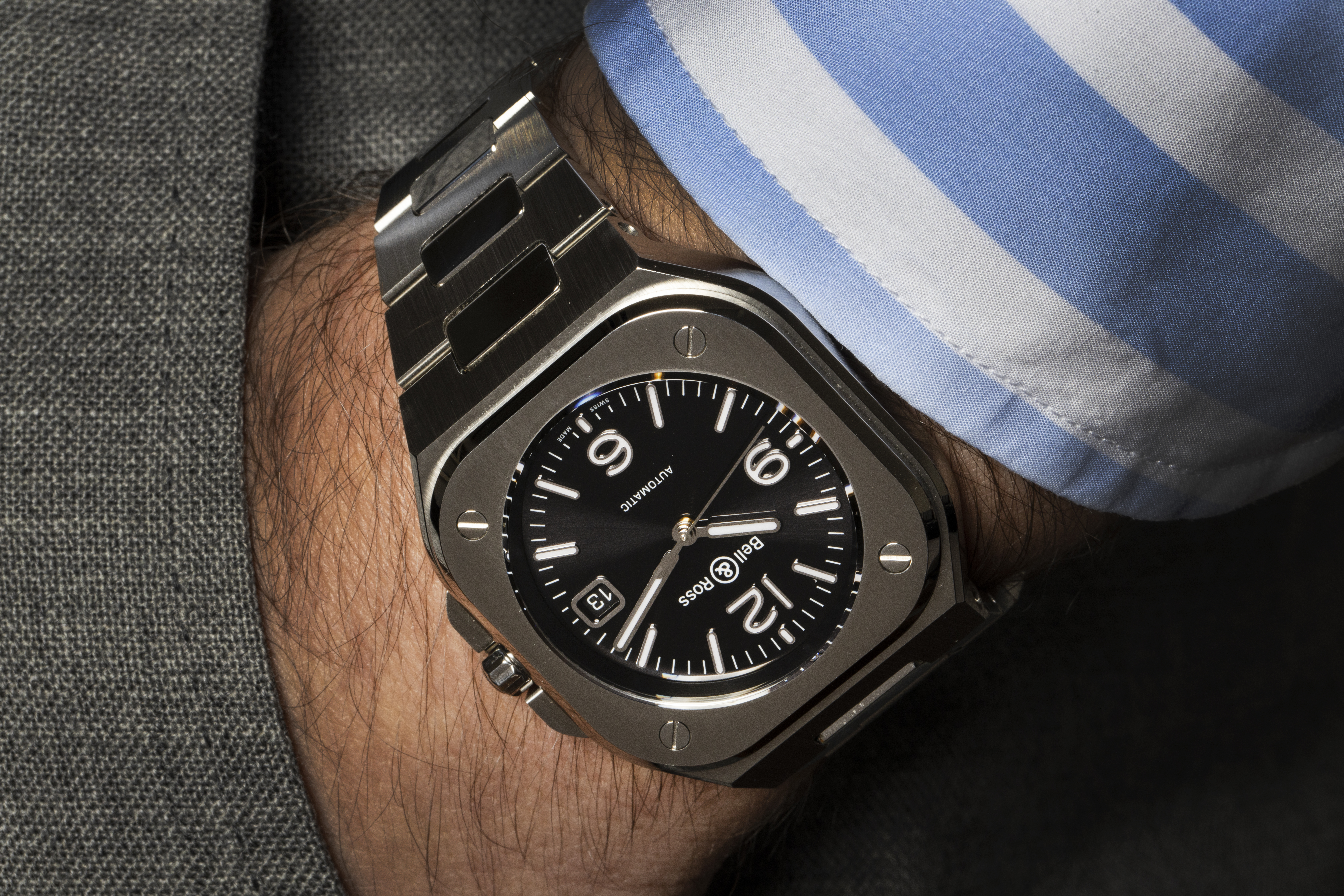









Top Discussions
Talking Watches With Ronnie Fieg, Founder Of Kith
Photo Report A Watches & Wonders 2024 Sendoff With Lucid Motors In Geneva
Auctions Top Lots, Trends, And Affordable Picks To Watch At Monaco Legends Group’s 2024 Spring Auction